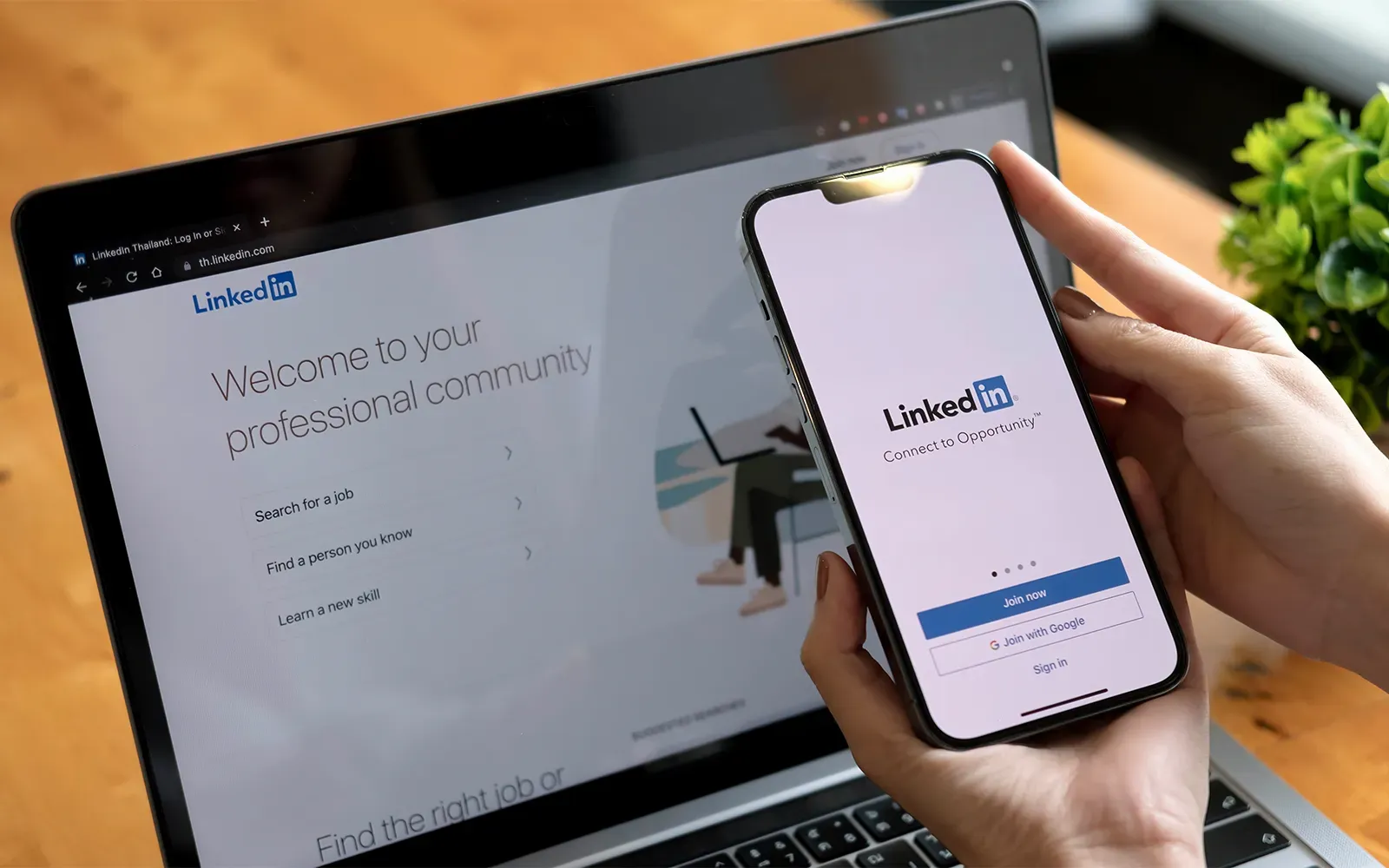LinkedIn and AI Training: What European Users Need to Know
LinkedIn now uses public European profile data to train its AI systems by default. This article explains what changed, what risks it creates, and how to protect your data through settings, awareness, and stronger AI governance.

LinkedIn has officially begun using the profile information and public activity of European users to train its generative AI systems. While the move aligns with broader industry trends, it raises serious questions about data privacy, consent, compliance, and AI governance.
For professionals, companies, and regulators across Europe, this change represents a fundamental shift in how social platforms repurpose user content, and a wake-up call for AI data governance.
In this article, we break down what’s happening, why it matters, what risks you face, and how to protect your data all in the context of critical trends like AI training data, AI user privacy, generative AI governance, and social media compliance.
What Is LinkedIn Doing?
As of November 2025, LinkedIn began using data from user profiles, posts, comments, and other publicly shared activity to improve its AI systems. This includes generative AI tools designed to enhance content, summaries, recommendations, and potentially other Microsoft-related services.
While private messages and direct connections are excluded, all publicly visible user data is now part of LinkedIn’s default AI training pipeline unless users explicitly opt out.
Why This Change Matters
This policy shift introduces a number of implications that go beyond platform settings:
1. Your Data Feeds AI Models by Default
The content you create or interact with including posts, reactions, and profile information is now used to fine-tune AI models. This includes training systems that can replicate human tone, summarize professional achievements, or generate automated responses.
2. Consent Is Reversed
Rather than offering an opt-in model, LinkedIn has defaulted users into AI data use. This “consent by silence” approach has triggered criticism from regulators and data protection advocates.
3. AI Governance Becomes a Personal Issue
What was once a concern for legal departments is now something every LinkedIn user must consider. AI governance is shifting from abstract policy to individual action.
4. Social Platforms Are Becoming AI Data Engines
LinkedIn’s update is not isolated. It reflects a broader industry movement: social platforms transitioning from user-content platforms to real-time AI data providers.
Key Risks to Users and Organizations
The use of public user data for AI training introduces multiple layers of risk:
- Loss of control over personal content: What you share may be used in ways you didn’t intend.
- AI replication of personal tone and identity: AI systems may begin to mimic your professional communication style or profile layout.
- Exposure of sensitive or outdated content: Old posts, outdated bios, or misphrased opinions could become training inputs for future AI tools.
- Lack of transparency: Most users are unaware this is happening, and LinkedIn has not prominently surfaced this change in all interfaces.
- Compliance ambiguity: Organizations with employees active on LinkedIn now face a grey area is team-generated content subject to corporate data rules?
How to Protect Your Data
1. Opt Out of AI Training
Go to your LinkedIn settings, navigate to “Data Privacy,” and turn off the setting related to AI model training. This ensures that your profile and activity are not used in generative AI systems.
2. Review Your Public Content
Examine old posts, comments, profile sections, and endorsements. Remove or update anything you wouldn’t want to appear in an AI-generated context.
3. Educate Your Team
If you're part of a company or leadership team, share this policy update. Many employees may not realize their activity could be feeding AI engines.
4. Include Social Media in Your AI Governance
Make LinkedIn part of your compliance and AI governance discussions. This includes defining policies on employee data, public content, and opt-out preferences.
Implications for AI Governance
LinkedIn’s decision shows why AI governance needs to evolve rapidly:
- Governance is no longer just a corporate or governmental concern it now applies to individuals and their digital identity.
- Consent models must be rethought. Opt-in should become the standard, not the exception.
- Regulators will be under increasing pressure to define and enforce how user data can be used in large-scale AI training.
As AI grows more powerful, so does the importance of knowing where your data is going and how it's being used.
Final Thoughts
LinkedIn’s new policy marks a turning point in how AI systems source and scale. For European users, this is more than a platform update it’s a critical shift in how your digital identity becomes part of machine learning systems.
If you care about AI data privacy, user consent, or compliance in generative AI this is the moment to act. Review your settings. Educate your team. And include social platforms in your AI governance policies going forward.
Want help developing a clear, compliant AI data strategy for your company, your team, or your platform? Scalevise helps teams audit risk, enforce data boundaries, and create governance playbooks that scale with confidence. Reach out today for guidance tailored to your digital footprint.
